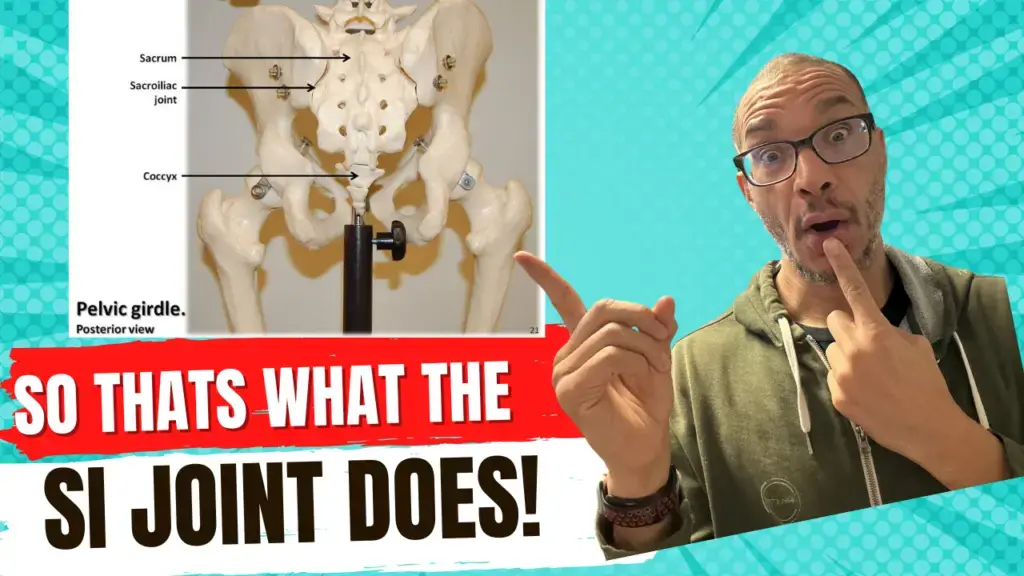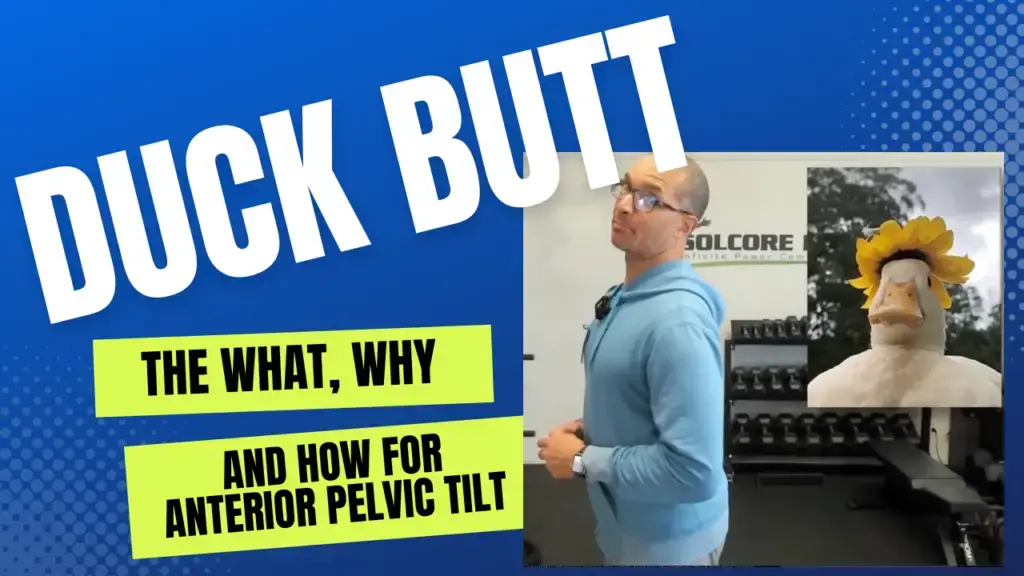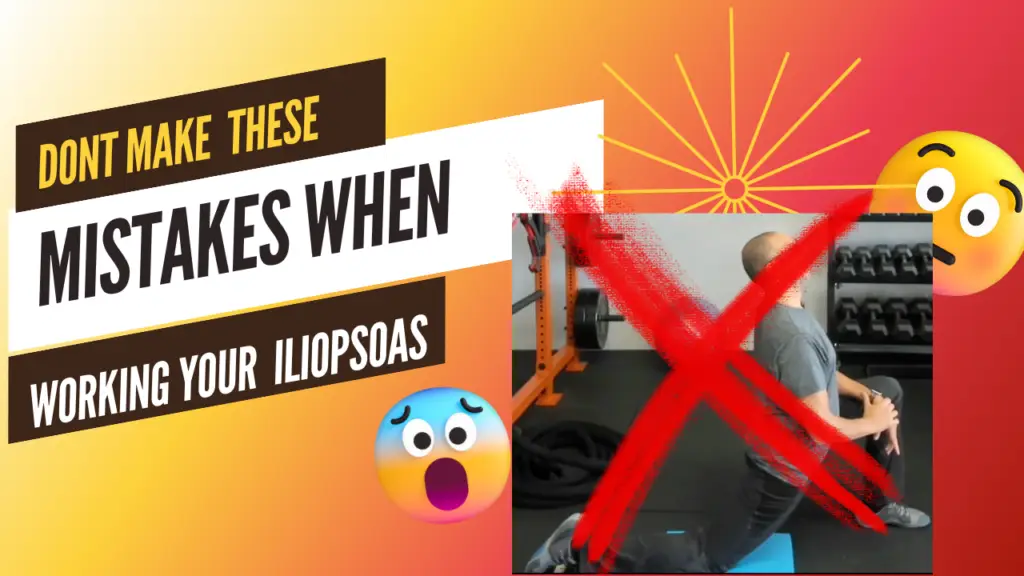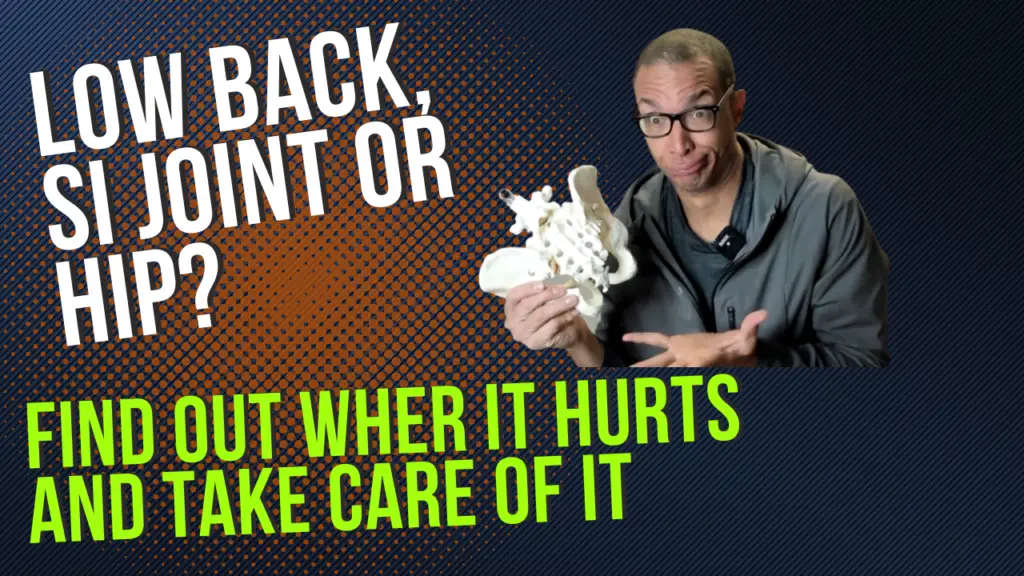
Muscle range of motion is an important factor in training yourself properly. But it’s not just about moving your body. There are different range of motions for different effects. Read more to find out.
Meet Borelli: The First Biomechanic
Borelli lived in the 1600s and was a true Renaissance man — a mathematician, physicist, and physiologist all rolled into one. He’s often called the Father of Biomechanics because he was one of the first to look at the human body and say, “Hey, our muscles and bones work like levers, springs, and pulleys!”
What is Borelli’s Length Law?
In a nutshell, Borelli’s Length Law states: The length of a muscle is proportional to the range of its contraction. Muscles behave differently — and produce different types of strength — depending on whether they’re shortened, lengthened, or somewhere in between. In short, it’s the Muscle range of motion and what they can do for you.
Borelli’s 5 Ranges of Muscle Motion (And How They Help You)
Internal Range Full flexion (muscle fully shortened), very little extension.
Why it matters: Builds stability, tight control, and joint protection.
External Range
Total extension with a bit of flexion.
Why it matters: Strengthens muscles in their stretched, vulnerable positions.
Middle Range
Partial flexion and partial extension.
Why it matters: Where muscles are strongest and most efficient — builds power.
Total Range
Moving from full flexion to full extension.
Why it matters: Trains adaptability and real-world functionality.
Extrem Range
Muscle stretched to max while still contracting — e.g. ELDOA.
Why it matters: Improves deep structural resilience and tissue quality.
Final Thought: Your Fitness Journey is Bigger Than 3 Sets of 10
The world of fitness is vast and full of possibilities. Muscle range of motion is just one factor that you can work with. If you’re willing to look beyond sitting on a machine and doing 3 sets of 10–15 reps.
By training all muscle ranges of motion, you open up new levels of strength, movement, and vitality that most people never tap into.
Borelli’s old-school insights still hold true today: “The body is a masterpiece of mechanics. Train it fully — and you’ll live fully.“
When you start combining Borelli’s Length Law with other timeless principles — like Pascal’s Law, Hill’s Muscle Model, the Delmas Index — through the holistic lens of Biotensegrity, your training, your movement, and your life will expand exponentially.
Methods like ELDOA are modern reflections of this timeless science — helping you build not just strength, but deep, intelligent resilience.
Read more about how holistic exercise and fitness program can help you feel your best and have a body that can keep up with the way you want to live.
Follow the Thread—Where Movement, Fascia, and Freedom Align
Find more insight, reflection, and fascia-informed care across the platforms where we stay connected:







